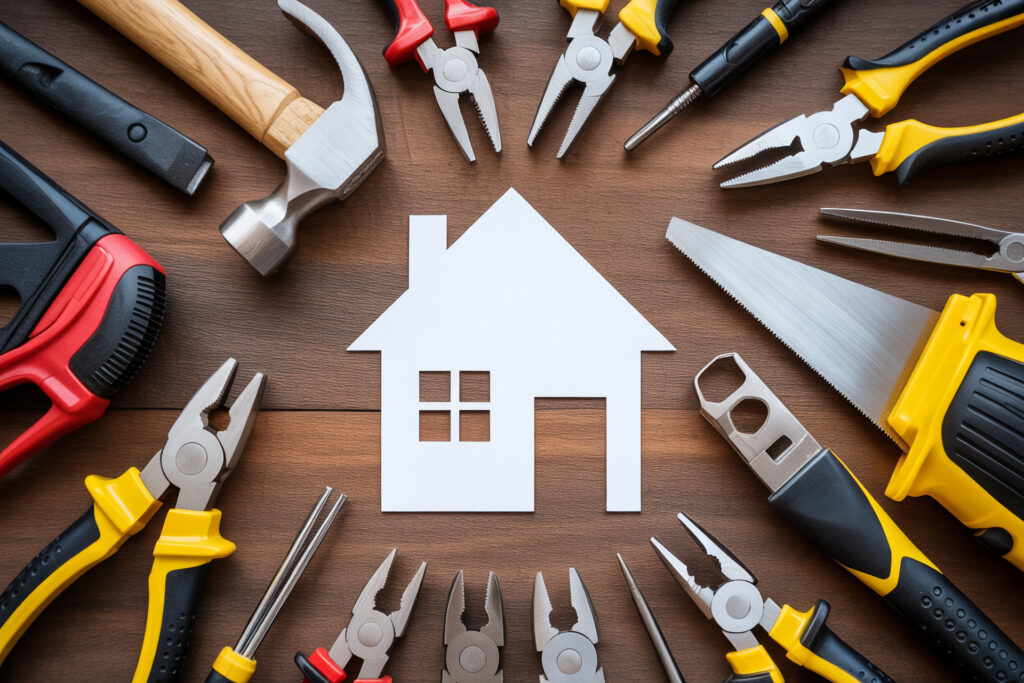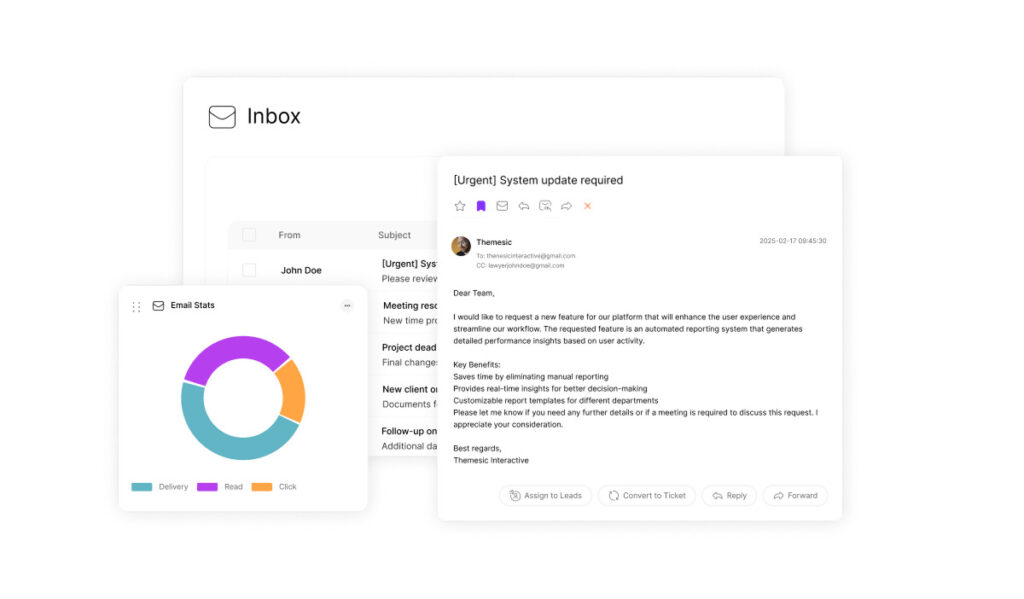Project Template: Property Management Maintenance Template

A Johns Hopkins study revealed that basic checklists reduced preventable errors by 47% across industries. Additionally, this same principle now transforms how professionals handle upkeep tasks, from high-rise HVAC systems to cleaning protocols in multi-unit complexes.
Finally, standardized frameworks eliminate costly oversights that even seasoned experts make. One luxury apartment group cut emergency repair costs by 31% within six months of adopting structured workflows. The secret? Also, systematic documentation that ensures nothing slips through the cracks.
So, operational excellence in real estate hinges on repeatable processes. Digital tools now automate task tracking while preserving human oversight. In addition, this hybrid approach lets teams focus on strategic improvements rather than chasing preventable issues.
Key Takeaways
- Standardized workflows reduce preventable errors by nearly half
- Documentation systems protect asset value and tenant satisfaction
- Hybrid digital-human processes optimize repair response times
- Structured frameworks enable scalability across portfolios
- Proactive maintenance cuts emergency costs by 30%+ annually
Introduction and Importance of Maintenance Checklists
Let’s look at an example, structured documentation systems revolutionize how teams approach recurring tasks. Research shows teams using maintenance checklists complete 23% more work orders weekly while cutting oversights by half. What’s more, this systematic approach turns chaotic workflows into predictable, measurable processes.
Why Checklists Drive Operational Consistency
As a result, daily operations often drown in urgent repairs. Standardized checklists create clear priorities, ensuring critical tasks like HVAC inspections or plumbing checks never get delayed. One Chicago high-rise reduced water damage incidents by 68% after implementing visual verification systems.
“Teams using guided task lists resolve issues 40% faster than those relying on memory alone,”
Balancing Speed With Quality Control
Digital templates help staff address tenant requests without compromising thoroughness. Real-time updates let managers spot patterns – like recurring leaks in specific units – before they escalate. This proactive care directly impacts resident retention rates.
- Automated reminders ensure seasonal tasks like gutter cleaning happen on schedule
- Photo documentation in checklists provides audit trails for compliance needs
- Centralized records help new hires understand maintenance priorities faster
Seasonal Maintenance Challenges and Solutions

Weather patterns directly impact structural integrity and operational efficiency. Strategic planning helps teams address temperature extremes, precipitation cycles, and equipment demands before issues escalate.
Spring/Summer External and Internal Tasks
Warmer months demand thorough assessments of weather-exposed areas. Teams should prioritize clearing debris from gutters and inspecting roofs for winter damage. Outdoor HVAC units require cleaning to handle increased cooling loads efficiently.
Landscape management prevents costly issues. Trimming trees near structures reduces storm-related risks. Checking sidewalks for cracks minimizes trip hazards during high-traffic seasons.
“Proactive summer inspections identify 83% of water intrusion risks before they cause interior damage,”
Fall/Winter Preparedness and Winterization Tips
Cooling temperatures necessitate protective measures. Winterizing irrigation lines and insulating pipes prevents freeze-related bursts. Heating systems need performance checks to ensure consistent operation during peak demand.
Snow removal planning maintains accessibility. Marking walkways and stockpiling de-icing materials improves tenant safety. Chimney inspections reduce fire hazards in frequently used heating systems.
- Document thermal imaging results for insulation gaps
- Test emergency generators before winter storms
- Schedule furnace filter replacements every 60-90 days
Property Management Maintenance Template

Innovative documentation tools bridge inspection processes with operational outcomes. A well-designed system captures 97% of potential issues during seasonal transitions, according to facility engineering reports. These frameworks transform scattered repairs into coordinated preservation strategies.
Core Components Driving Efficiency
Modern systems unify assessments for HVAC efficiency, plumbing integrity, and exterior durability. Customizable sections address regional needs – from hurricane-proof windows in Florida to snow load calculations in Colorado. Real-world applications show teams complete 23% more tasks weekly using prioritized lists.
| Feature | Benefit | Impact |
|---|---|---|
| Customizable Inspection Categories | Adapts to regional climate needs | Reduces weather-related damages by 41% |
| Photo Verification | Creates audit-ready records | Cuts dispute resolution time by 67% |
| Vendor Coordination Logs | Centralizes repair work | Improves contractor response by 38% |
| Depreciation Trackers | Aligns with tax strategies | Recovers 15-22% in annual asset value |
Digital integration proves critical. Platforms syncing with accounting software reduce administrative work by 19 hours monthly. Automated reminders ensure gutter cleanings coincide with fall foliage patterns rather than arbitrary dates.
New tenant processes demonstrate particular value. Walkthrough checklists with timestamps and condition ratings lower move-in conflict rates by 54%. This protects both asset value and resident relationships through transparent documentation.
Preventive Maintenance: Proactive Steps for Property Managers
Shifting from crisis mode to strategic care creates measurable financial benefits. Buildings with scheduled upkeep programs experience 72% fewer system failures than those relying on reactive fixes, according to Building Owners and Managers Association data. This approach turns unpredictable breakdowns into planned interventions.
Using Routine Inspections to Prevent Costly Repairs
Quarterly assessments catch minor issues before they escalate. A cracked roof sealant spotted during spring checks costs $150 to fix. Left unnoticed, it becomes a $12,000 water damage claim after summer storms. Digital tools streamline these evaluations with photo logs and repair timelines.
“Every dollar spent on preventive care saves $4 in emergency repairs,”
| Strategy | Frequency | Cost Savings |
|---|---|---|
| HVAC Filter Replacement | Every 90 Days | 18% Energy Reduction |
| Plumbing Pressure Tests | Biannual | Prevents 92% of Pipe Bursts |
| Roof Inspections | Post-Seasonal Changes | 63% Fewer Leaks |
| Appliance Calibration | Annual | Extends Lifespan by 3-5 Years |
Extending Asset Longevity with Preventive Care
Tracking equipment warranties ensures timely part replacements. One management firm added 8 years to their boiler systems through scheduled descaling. Centralized records help teams optimize replacement cycles based on actual wear patterns.
Tenant retention directly links to consistent upkeep. Buildings with visible maintenance programs report 22% lower vacancy rates. Residents value environments where heating systems don’t fail in January and elevators undergo regular safety checks.
Detailed Checklists for Internal and External Property Care

Routine inspections using structured checklists prevent 89% of common building code violations, according to municipal safety reports. These tools create accountability while ensuring critical components receive proper attention. Over 60% of insurance claims stem from preventable issues that thorough evaluations catch early.
Life Safety Systems and Climate Control Protocols
Interior checklists start with fire detectors and carbon monoxide sensors. Teams verify functionality monthly, replacing batteries before alerts occur. HVAC system inspections include filter changes and airflow tests – simple steps that reduce energy costs by 12-18% annually.
Plumbing assessments prevent winter disasters. Staff check pipe insulation and test water heater pressure valves during seasonal transitions. Documented pest control efforts maintain hygiene standards while meeting health regulations.
“Buildings with quarterly HVAC maintenance experience 43% fewer emergency service calls,”
Structural Preservation and Grounds Management
Exterior evaluations focus on weatherproofing. Roof inspections identify missing shingles before leaks develop. Gutter cleaning schedules align with local foliage patterns to prevent water damage. Landscape teams trim trees near structures monthly during growth seasons.
Parking lot maintenance proves equally vital. Crack sealing in spring prevents costly asphalt repairs. Outdoor lighting checks ensure safe pathways while deterring vandalism. These steps protect both asset value and occupant safety.
- Thermal imaging identifies hidden insulation gaps in walls
- Sealant condition reports extend window lifespan by 5-7 years
- Concrete expansion joint monitoring prevents trip hazards
Tenant Turnover and Pre-Move In Inspections
Vacant units present both risks and opportunities for rental operators. Strategic evaluations during vacancy periods help preserve asset value while attracting reliable occupants. Industry data shows units with thorough turnover protocols rent 18% faster and experience 35% fewer repair requests in the first lease year.
Blueprint for Effective Transition Assessments
Professionals prioritize safety and functionality during turnover inspections. Electrical systems require outlet testing and smoke detector battery checks. Plumbing evaluations focus on leak detection and water heater flushing to prevent sediment buildup.
Appliance testing ensures refrigerators, ovens, and HVAC systems meet performance standards. Documenting wall cracks or flooring flaws creates baseline condition records. Photo evidence protects owners from false damage claims while setting clear expectations for new occupants.
“Units with digital walkthrough records experience 54% fewer deposit disputes compared to those using paper checklists,”
Optimizing Units for Market Readiness
Deep cleaning elevates rental appeal more effectively than price reductions. Fresh caulking in bathrooms and tightened cabinet hardware signal meticulous care. Upgrading outdated light fixtures or faucets often delivers 300% ROI through higher rental rates.
Landscape refreshes boost curb appeal. Many managers repaint walls in neutral tones and replace worn carpets. These investments help quality tenants visualize long-term stays, directly impacting vacancy cycles and cash flow stability.
Leveraging Technology for Efficient Maintenance Management

Digital adoption rates in facility operations jumped 58% since 2020, according to Proptech Industry Reports. This surge reflects growing demand for systems that turn fragmented workflows into coordinated action plans. Centralized platforms now handle everything from tenant requests to vendor payments with military precision.
Maintenance Software and Digital Work Order Tracking
Modern platforms slash processing delays by 74% through automated routing. When a resident submits a repair request, the system instantly assigns it to qualified contractors based on availability and expertise. Real-time updates keep all parties informed, reducing follow-up calls by 83%.
“Teams using integrated software resolve 22% more work orders monthly compared to manual methods,”
Advanced features like photo uploads and priority tagging prevent miscommunication. Budget dashboards track labor costs against projections, while warranty alerts ensure timely equipment replacements. These tools help teams optimize response times without sacrificing quality.
Apps for Self-Guided and Preventive Inspections
RentCheck revolutionizes move-in evaluations through tenant-led walkthroughs. Custom checklists with timestamped photos create binding condition reports. zInspector takes it further with 360-degree imaging that documents every scratch and dent before occupancy.
Preventive care apps automate seasonal reminders for gutter cleanings or HVAC tune-ups. Sensor integrations flag abnormal energy usage patterns, often detecting issues weeks before visible symptoms appear. This hybrid approach preserves human oversight while eliminating routine paperwork.
- Vendor performance metrics identify top contractors for specific tasks
- Mobile access lets managers approve purchases from job sites
- Inventory trackers auto-order supplies when stock runs low
Customizing Your Maintenance Checklist for Unique Property Needs
Effective upkeep strategies recognize that no two buildings share identical requirements. Tailored systems address distinct architectural layouts, climate challenges, and usage patterns. This precision prevents generic solutions from overlooking critical vulnerabilities.
Adapting Checklists for Rental Properties and Commercial Units
Multifamily complexes demand different care than office spaces. High-traffic lobbies need daily cleaning checks, while retail centers prioritize parking lot maintenance. Industrial sites require specialized equipment inspections absent in residential settings.
Climate dictates seasonal priorities. Coastal regions focus on corrosion prevention, while mountain areas prepare for heavy snowfall. Usage patterns matter too – student housing sees faster appliance wear than senior communities.
Rental units balance tenant privacy with necessary access. Checklists schedule HVAC filter changes during lease renewals. Commercial properties align inspections with off-peak hours to minimize business disruptions.
Digital tools simplify customization. Cloud-based platforms let teams modify task frequencies based on real-time data. This flexibility ensures checklists evolve with changing tenant needs and aging infrastructure.
Standardized quality controls remain vital. Custom workflows maintain consistency in documentation while addressing location-specific risks. The result? Faster issue resolution and stronger compliance across portfolios.

